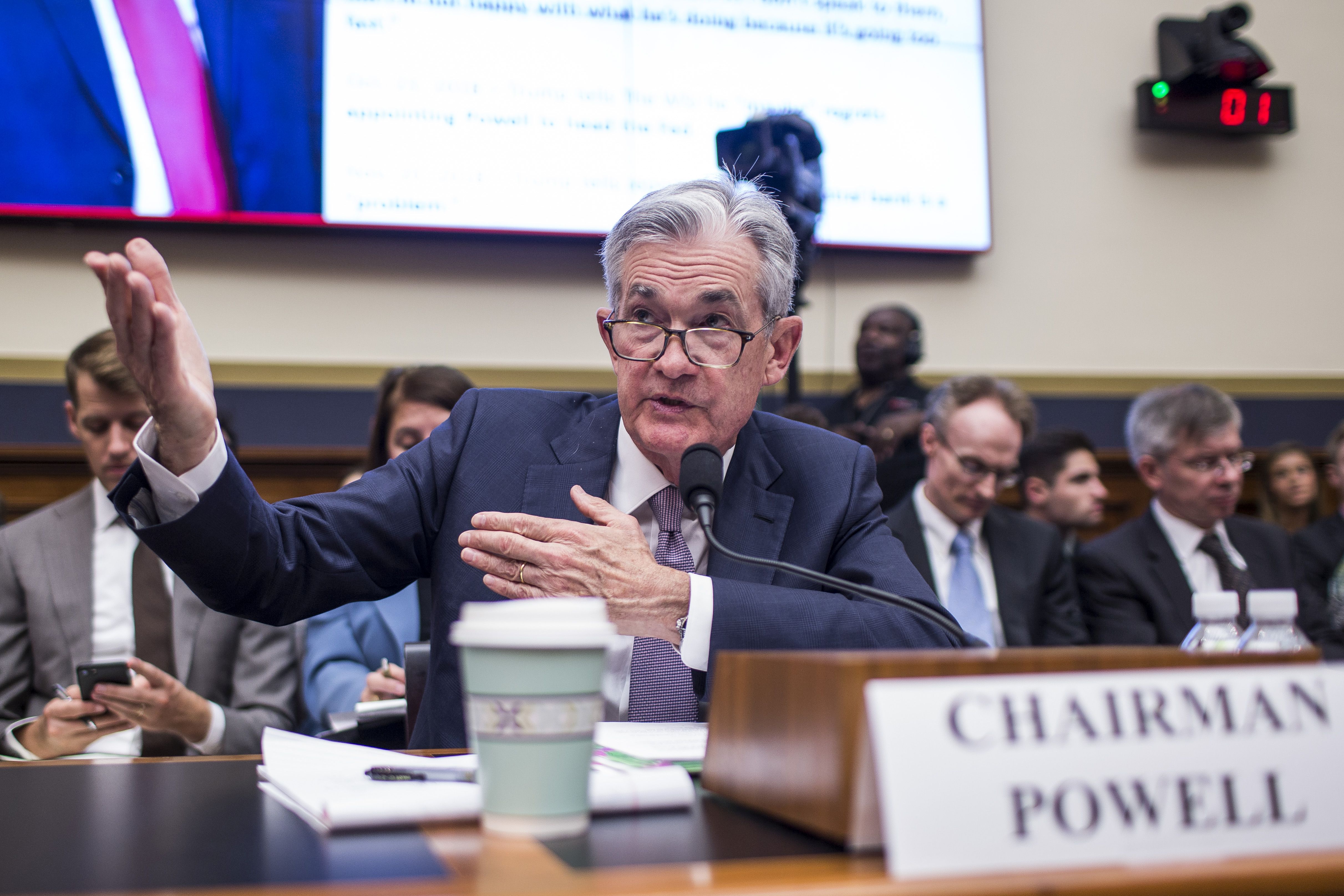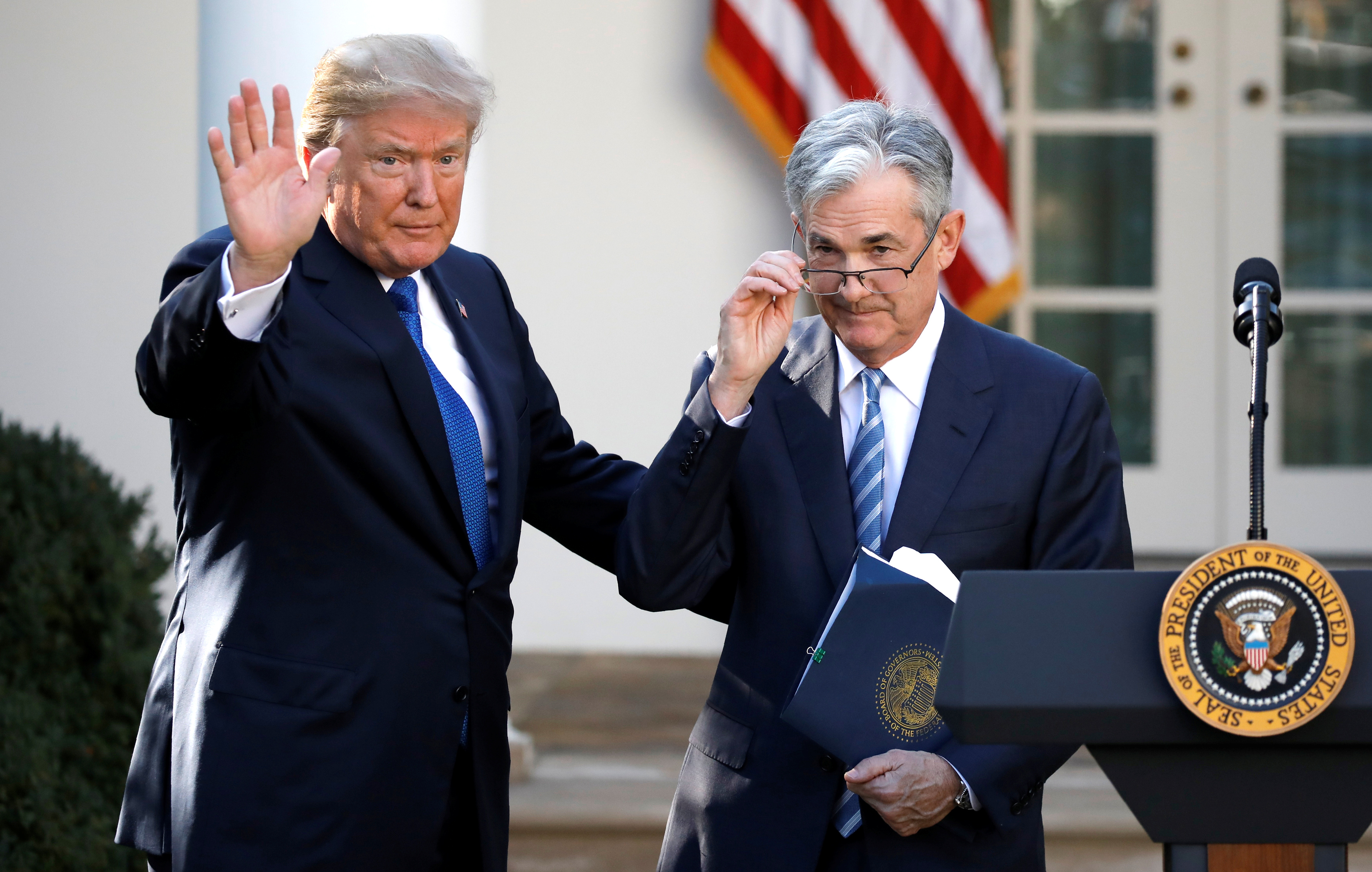Fed Minutes Shed Light on Interest Rate Cut as Economic Uncertainties Remain
The Federal Reserve has released the minutes of its Oct. 29-30 meeting, shedding light on the centra..
The Federal Reserve has released the minutes of its Oct. 29-30 meeting, shedding light on the central banks decision to cut interest rates and signal a policy of wait-and-see.
“Most” of the Feds rate-setting officials saw the October cut in the federal funds rate as enough “to support the outlook of moderate growth, a strong labor market, and inflation near the Committees symmetric 2 percent objective,” according to the Federal Open Market Committee (FOMC) meeting minutes, released Wednesday.
The Feds October decision is the third time the central bank cut interest rates in 2019. The minutes indicate that the reduction in the federal funds rate to a target range of between 1.50 percent and 1.75 percent would be the last rate move over the short term.
The federal funds rate is a benchmark that influences many consumer and business loans, including mortgages, auto loans, and student loans. By lowering the cost of borrowing, lower interest rates are intended to stimulate the economy by encouraging more borrowing and spending.
The cuts have been positioned as “a mid-cycle adjustment” to help shield the U.S. economy from the effects of the U.S.-China trade war and slowing global growth.
“Many participants judged that an additional modest easing at this meeting was appropriate in light of persistent weakness in global growth and elevated uncertainty regarding trade developments,” the minutes said. By contrast, “some” policymakers were against the reduction, viewing the economic outlook as still favorable, inflation moving back to the Feds goal and “in light of lags in the transmission of monetary policy, preferred to take some time to assess the economic effects of…previous policy actions.”
Following the meeting, Fed Chair Jerome Powell signaled the Fed was effectively on hold with interest rates and said that would only change if there was a “material” change in outlook for the U.S. economy.
The minutes indicated the Feds interest rate policy “likely would remain” where it is “as long as incoming information about the economy did not result in a material reassessment of the economic outlook.”

Powell said at a press conference on Oct. 30 that the committee believed “monetary policy is in a good place.”
“Of course, if developments emerge that cause a material reassessment of our outlook, we would respond accordingly. [The] policy is not on a preset course,” Powell said. He noted that the weakness in global growth, trade tensions, as well as “muted inflation pressures” have led the Fed to lower rates.
Another Cut Unlikely In the Near Term
The minutes show the Fed signaled at its FOMC meeting that it plans no further cuts unless it finds clear evidence that the economic outlook has deteriorated.
“A couple of participants expressed the view that the Committee should reinforce its postmeeting statement with additional communications indicating that another reduction in the federal funds rate was unlikely in the near term unless incoming information was consistent with a significant slowdown in the pace of economic activity,” the minutes stated.
This raises the bar for another cut at the FOMCs next meeting on Dec. 10-11.
New York Fed President John Williams told WSJ reporters Tuesday that a sustained downturn in inflation or global factors that cause the economy to slow down more than expected could both build a case to cut rates again.
President Donald Trump has criticized the Fed for not taking a more aggressive rate-cutting stance. Speaking at the Economic Club of New York last week, Trump accused the Fed of stifling growth by being too slow to slash rates.


“The Fed has called it wrong from the beginning, too fast, too slow,” Trump wrote on Twitter on Oct. 31. “They even tightened in the beginning. Others are running circles around them and laughing all the way to the bank.”
On Monday, Trump and Powell met for around 30 minutes at the White House, in a meeting attended by Treasury Secretary Steven Mnuchin.
Trump said he had a “very good and cordial” meeting with the central bank head, while the Fed said in a statement that “Chair Powells comments were consistent with his remarks at his congressional hearings last week.”
“Everything was discussed including interest rates, negative interest, low inflation, easing, Dollar strength & its effect on manufacturing, trade with China, E.U. & others, etc,” Trump wrote on Twitter.
Later that day, the president wrote in a Tweet: “At my meeting with Jay Powell this morning, I protested fact that our Fed Rate is set too high relative to the interest rates of other competitor countries. In fact, our rates should be lower than all others (we are the U.S.). Too strong a Dollar hurting manufacturers & growth!”
The Fed said in a statement that its boss “did not discuss his expectations for monetary policy, except to stress that the path of policy will depend entirely on incoming information that bears on the outlook for the economy.”
“Chair Powell said that he and his colleagues on the Federal Open Market Committee will set monetary policy, as required by law, to support maximum employment and stable prices and will make those decisions based solely on careful, objective and non-political analysis.”
Uncertainties About This Outlook Remain
When FOMC members voted on Oct. 30 to proceed with the rate cut and continue monitoring activity, they acknowledged that “uncertainties about this outlook remain.”
“This action supports the Committees view that sustained expansion of economic activity, strong labor market conditions, and inflation nearRead More – Source
